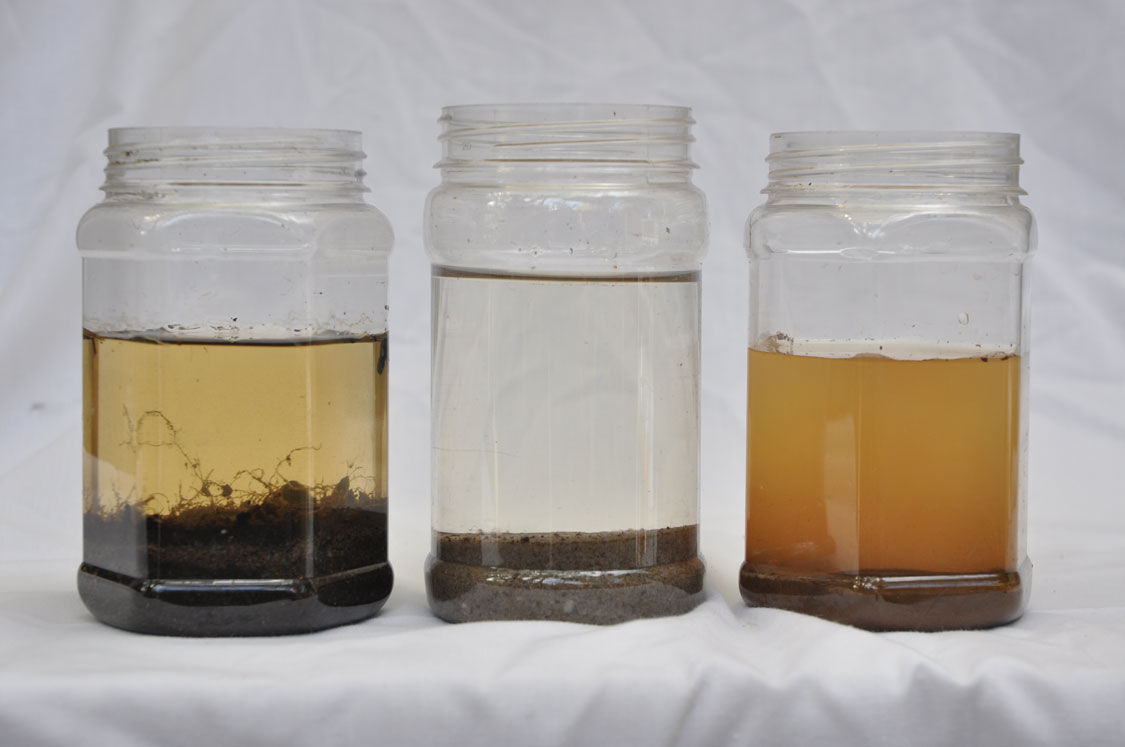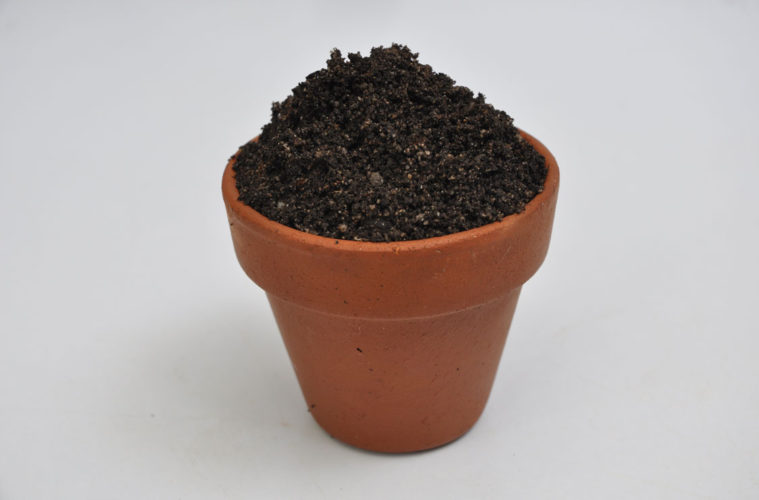Soil can be ‘sour’ (acid), neutral or ‘sweet’ (alkaline). This is referred to as its pH and can be easily tested at home
RELATED TO SOIL TEST: Types of soil for your garden
Soil’s pH is measured on a scale of 1–14. A neutral soil has a pH of 6,5; any soil with a pH above this is considered alkaline, and any soil with a pH below this, is considered acid.
Although some types of plants prefer more acid or alkaline conditions, most will grow happily in a soil with a pH of between 6,5 and 7. In exceedingly acid or alkaline soils, certain nutrients may be locked in, preventing plants from absorbing them, resulting in deficiencies; yellowing leaves are an indication of this.
You can buy a testing kit from your local garden centre to determine the pH of your soil. Alternatively, if you have hydrangeas growing in your garden, simply look at the colour of their flowers. Blue flowers are indicative of an acid soil, while pink flowers indicate alkaline conditions.
READ MORE: Caring for hydrangeas
Acid soil
Make the most of it: plant acid-loving plants like rhododendrons, azaleas, blue hydrangeas, gardenias, camellias, delphiniums, holly, Japanese maples, magnolia, proteas, ericas, Mackaya bella (forest bells) and yesterday-today-and-tomorrow.
How to correct it: lightly turn or water a dusting of agricultural lime into the soil; autumn is a good time to this. The quantities of lime needed will depend on the type of soil – don’t overdo it as the process is difficult to reverse.
Alkaline soil
Make the most of it: plant varieties that flourish in alkaline conditions like carnations, dianthus, clematis, salvia, lavender, sages, Japanese anemones, scabious, thyme, sweet peas, stocks and schizanthus.
How to correct it: increase the acidity of the soil by dusting it with Flowers of Sulphur or adding acidic organic matter like decomposed oak leaves or pine needles. Alternatively – water in some aluminium sulphate, following the instructions on the packaging.
READ MORE: 5 Ways to make your own fertiliser
DIY SOIL TEST
The finger test
- Loamy soil will feel crumbly and is usually dark in colour.
- Sandy soil will feel loose, gritty and rough; it is often a light colour.
- Clay soil will feel smooth and sticky and is typically dark grey, black or red in colour.
The ball test
- Try to roll some damp soil into a ball or sausage shape:
- Loamy soil will form a loose ball which will disintegrate.
- Sandy soil: the particles won’t bind together.
- Clay soil will retain the shape.
The bottle test

- Add a teaspoon of soil to a bottle of water, stir it and then leave it to settle:
- Loamy soil: some organic matter will float to the surface, while loose, darker soil accumulates on the bottom of the jar; the water will become somewhat clearer. (See A.)
- Sandy soil: the water will clear as particles quickly sink to the bottom of the bottle. (See B.)
- Clay soil: fine particles will eventually settle on the bottom of the bottle, but the water will remain very murky. (See C.)
READ MORE: The secrets to a lush lawn


